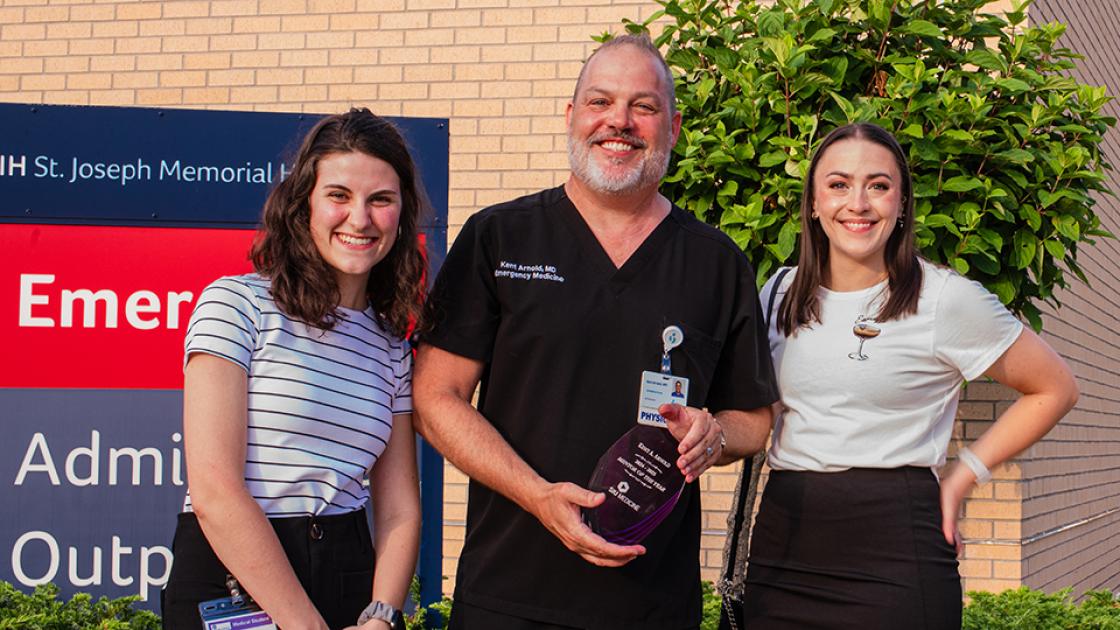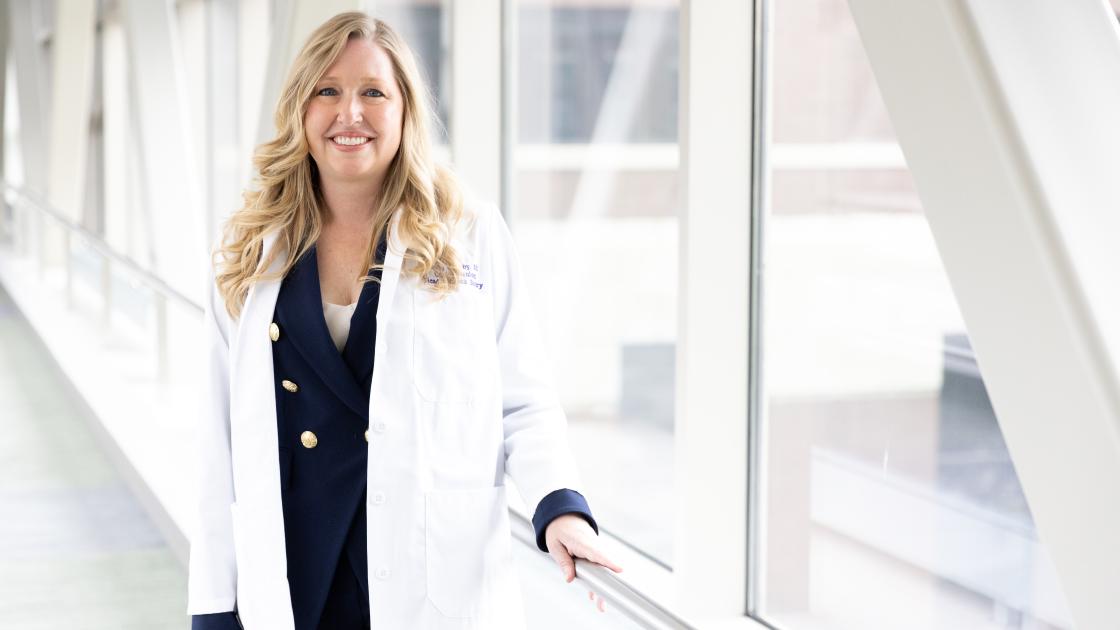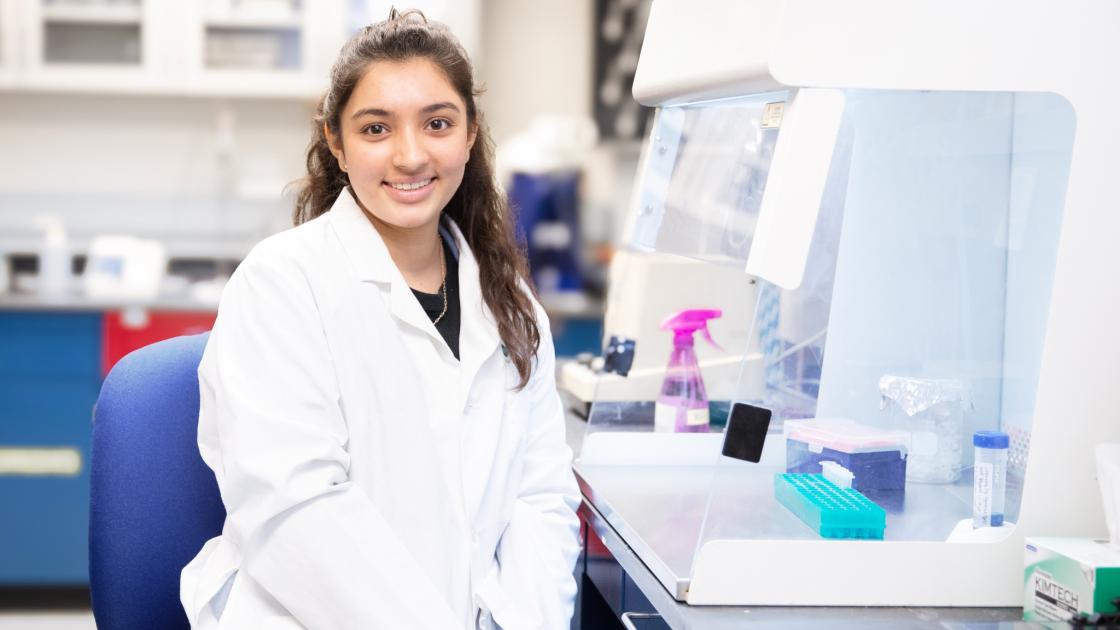
Being present: A reflection on active listening
At a recent meeting I had the privilege of spending some time with a colleague from a large health care institution. She is a highly accomplished and impactful individual where she works, possesses a PhD, and is an excellent pragmatic thinker. As we discussed issues that were on our minds, she mentioned that her most pressing concern was the fact that when she was with her significant other or close friends, their time frequently defaulted to relatively frivolous activity on their smart phones. She recognized that the cost of this ‘convenience’ was great in terms of the richness and depth of her time with people she truly cared about. Their shared times actually didn’t involve sharing. She longed for something more meaningful. She longed for presence, for communication that involved active listening where not only was information processed, but attitudes adjusted, thinking modulated, and memories molded in the dance that ‘took two to tango’, creating something more than one plus one.
It is very possible in our contemporary environment, both at home and at work, to spend our days in ceaseless information processing and related activities, but not once make eye contact in a way that expresses genuine respect and understanding, or demonstrate listening that goes beyond hearing and reacting, or worse yet ignoring the offerings of another. Cognitive psychologists tell us that our learning, our remembering, and our mental and overall health are deeply affected by what occurs in the context of relationship. Yet somehow, as my colleague was experiencing, we seem to prefer the allure of an app over the deeper learning that can happen in relationship. Is there a different way, and perhaps a better one?
As we discussed her dilemma, which we quickly realized nearly all of us struggle with in our information enabled and perhaps overloaded contemporary contexts, we came upon the theme of active listening. The phrase immediately brought to my mind the not infrequent events at my own home, where my wife has had to challenge me to put down the paper (we did used to read those), turn off the computer, set down the phone or tablet, or otherwise eliminate the distraction in order to give my full attention to something we both need to process together. Active listening; what is it?
Silencing the reactive tapes
In working through conflict or ‘difficult conversations’, one of the things we are often taught is the importance of silencing the reactive tapes we rehearse and play in our heads, making it our primary goal to understand another well.
- It involves giving our full and undivided attention to another, including verbally and nonverbally (which is after all where most communication occurs—in our postures, facial expressions, eye contact, etc.).
- It involves absorbing their words and offering them back to ensure we’ve heard and understood, perceived and received.
- It involves destroying the ‘straw man’ of our presuppositions about another’s perspective, and allowing them to build a more accurate understanding of themselves and their views, from which we learn.
- It involves asking questions to help us clarify, and offering our insights as just that—offerings rather than pronouncements, opportunities for further clarification and learning rather than proclamations.
Presence, curiosity and shared space
How could we do this better in the workplace, and what difference would it make? Three suggestions come to mind: practice presence, cultivate curiosity, and create a shared space of understanding in our conversations where we talk about the things we need to talk about in a posture of caring and respect.
- Practicing presence comes from undivided attention, which sometimes means postponing the dialog until both parties can escape the ‘tyranny of the urgent’, or carve out a space from the ‘status interrupticus’ that so often characterizes our days. This can be especially important when issues are already emotionally charged, there have been prior breakdowns, or there are legitimate differences of opinion on a complex issue. As patient interactions have taught us, presence can be expressed nonverbally by sitting down, making eye contact, and listening as much or more than we talk.
- Cultivating curiosity means that even when we think we’ve understood, we confirm, we explore further, and we look for ways to use the influence of the other to take the conversation to deeper and more powerful places than the ones we’ve already been to.
- Creating an authentic shared space means our own ideas can be molded, amplified, corrected, adjusted, and expanded through agreements and disagreements expressed and accepted in honesty and with respect.
So, next time you see me (and I acknowledge this happens often!), or a colleague absorbed in their phone or laptop while an opportunity for something deeper and more shared is going on, remind me of these things! We can do more as we learn to actively listen.



